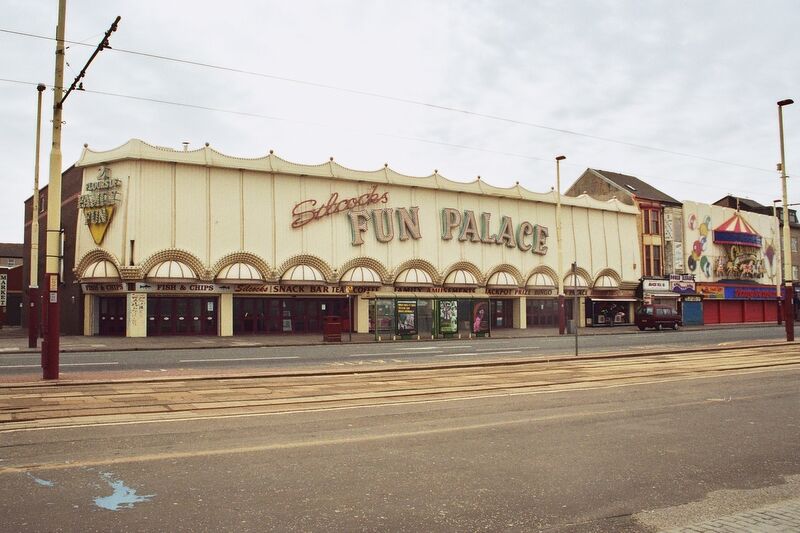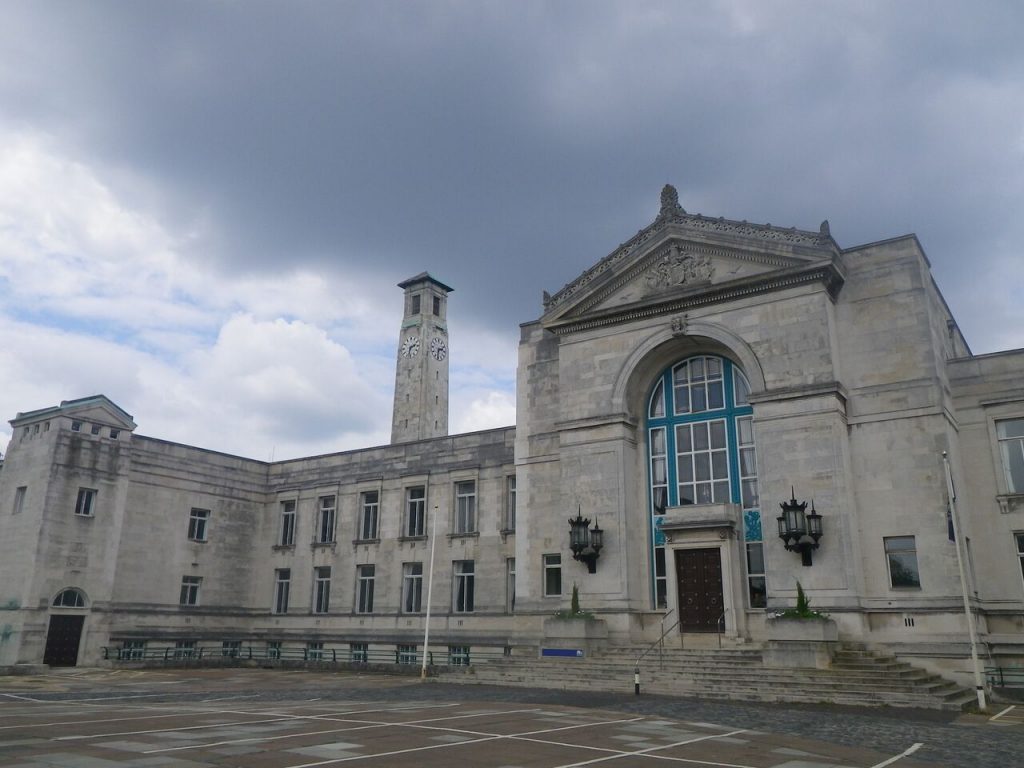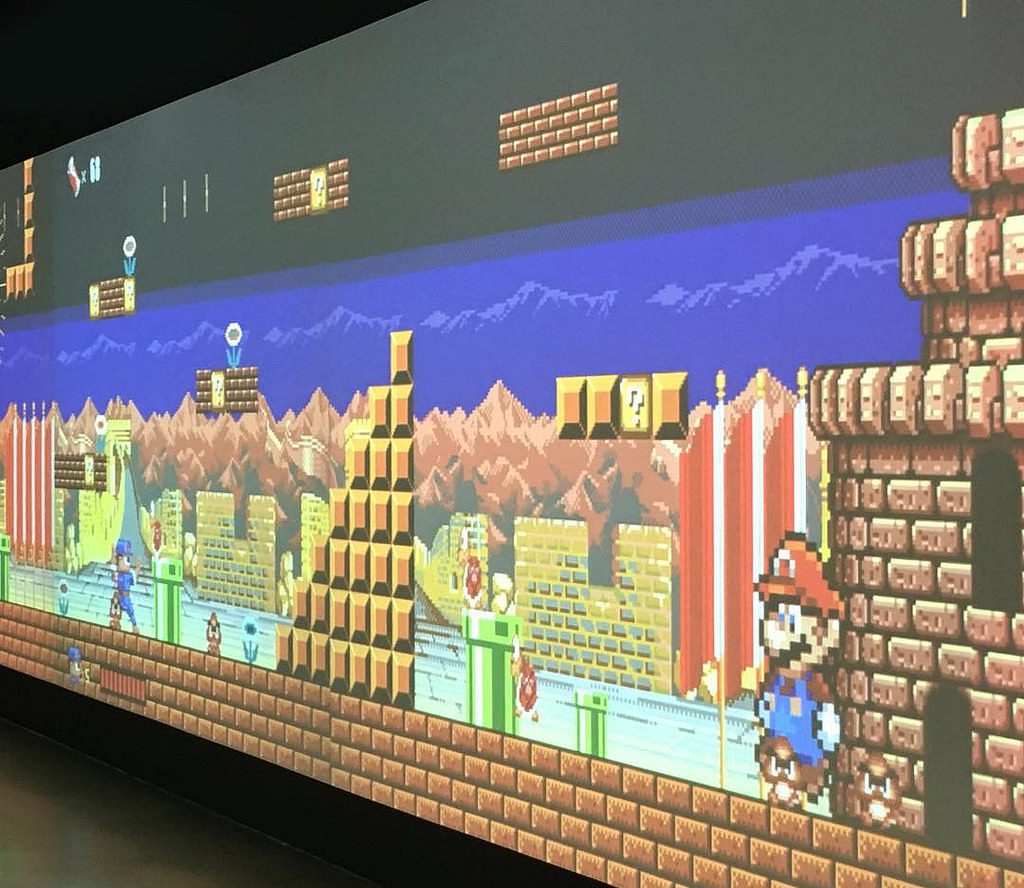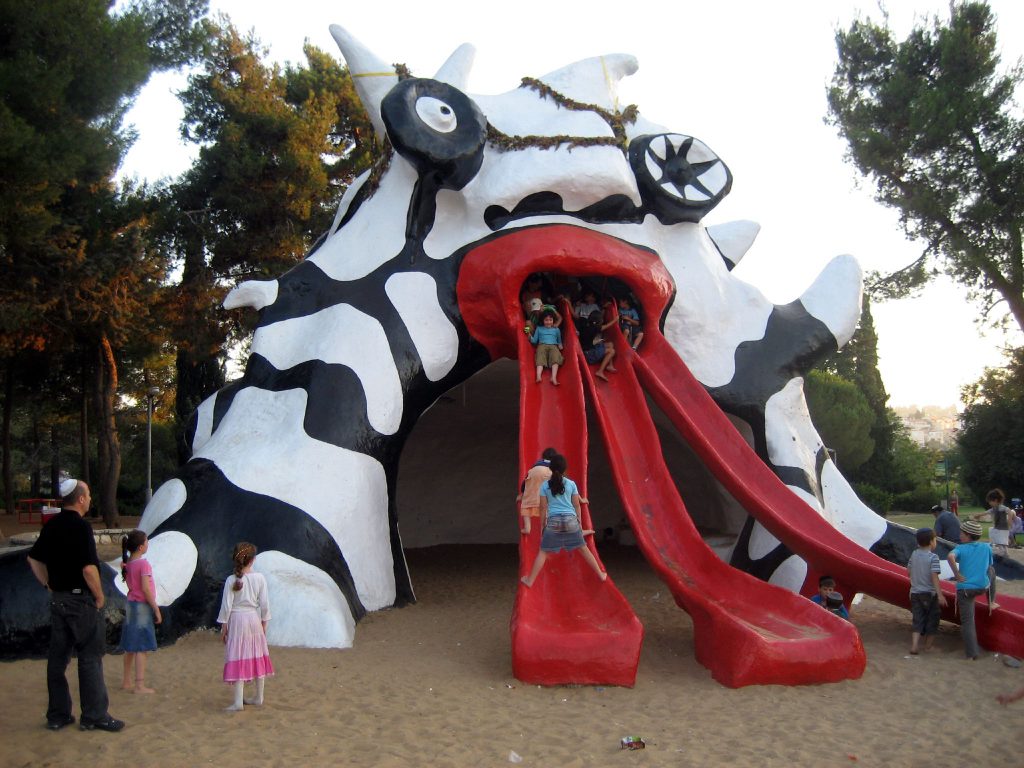Part 2 of critic Owen Hatherley’s essay on the socio-architectural implications of turning cities into theme parks and cultural experiences into “adult playgrounds.” Read Part 1 here.
Like a lot of Bourriaud’s ideas—like a lot of the more questionable influential ideas of the avant-garde in the last forty years more generally—this emerges at a remove or two from the critiques of “spectacular” art, culture, and politics mounted by the Situationist International at the turn of the 1960s. In what they called “administered” society, everything was experienced at a distance, through screens, provided for a passive audience through mass media and through the various cultural organizations set up after the Second World War, from the institutions of Gaullist France to the Arts Council or the board of governors of a municipal art gallery. In resistance to this contemplation, which they linked perhaps questionably to an equally distanced approach to politics, in which technocratic rule proceeds without democratic contestation, they posited brief, unrepeatable “Situations.” One of the things they considered missing from art was a sense of play, the open-endedness and enjoyment of children’s games; the “Situations” they tried to “construct” were like Hegelian, theoretical versions of these. The more putative, would-be-permanent of these environments were the architectural model of “New Babylon” constructed by Constant Niewenhuys, where all work is done by a robotic labor force leaving the city as an endless labyrinth devoted solely to play, or the “Formulary for a New Urbanism” of Ivan Chtcheglov, where the city is zoned like a theme park, devoted to particular pleasures.
Public art museums have become multimedia interactive extravaganzas: one part factory, one part theme park, one part mall.
The more muted echo of this in Britain centered on the Fun Palace, a cult unbuilt project devised by the architect Cedric Price and the Communist theatre director Joan Littlewood, which would be essentially a giant distribution shed of interactive culture, that would shift and morph and move to the demands of its—totally engaged, totally active—users. Like a lot of radical ideas of that era, it was realized in a form that its authors couldn’t possibly have envisaged, in a neoliberal culture where public art museums have continued, and continued to be publicly funded, but in order to continue attracting visitors and hence continue attracting advertising and sponsorship revenue, they’ve become multimedia interactive extravaganzas: one part factory, one part theme park, one part mall, one part New Babylon, and one part, to use J. G. Ballard’s words describing Tate Modern, “middle class disco.” Some places deal with this better than others—London’s South Bank Centre, for instance, has devolved into an assemblage of toys, street food markets, pop-ups, slides, boats, and gewgaws to the point where any moment of rest or repose or thought is rendered absolutely impossible. And, of course, in that it has had enormous success—it isn’t just the difference in the kind of cities that we’re dealing with that explains how the City Art Gallery is usually almost empty, with two or three people haunting its airy rooms, and the South Bank always teeming with visitors. It’s their totally different conception of art and its role.
In his critiques of interactivity, Mark Fisher would write of a resistance in neoliberal culture to the idea of paternalism, of artistic provision, as being symbolized by the notion that culture was “spoon-fed” to a passive population, and he questioned the idea that this was disempowering for working class audiences not habitually exposed to elite culture. The post-war “paternalist” culture was indeed almost wholly undemocratic, bar perhaps for the distant role that Labour parties and trade unions played in setting it up. It played at being for everyone, but the manner in which it was set up—without explanation, without “outreach”—meant that in practice, it was enjoyed only by those who already knew about it. There is much truth in this critique, of course, but oddly it comes seldom from working class users or from working class experiences.
The sense of quiet and hush, the sense of distance and space, of being somewhere “different” made it more exciting.
My own enjoyment of City Art Gallery as a teenager, long before I had any idea who the artists and art movements showcased were, or what their significance was, suggests that alienation and distance are not a one-way street. In fact, the sense of quiet and hush, the sense of distance and space, of being somewhere “different” where commodity logic didn’t feature, was absent, where the entire atmosphere appeared to be something apart—all this made it more exciting, not less.
And this is precisely where the “playfulness” that so marks the art created in the last twenty years leaves me uncomfortable. The belief today is that in making something that one can engage in, a game that you can play, in laying out a multitude of attractions, of offering different activities, you are in fact being less condescending than the paternalist artistic culture of the post-war welfare state, when a discrete cultural object was created by an elite bureaucratic institution (from your taxes!) and then offered up for contemplation. But which of the two approaches can we really say treated us like children? ♦
(Image credit: courtesy Michael Pickard via Flickr.)












